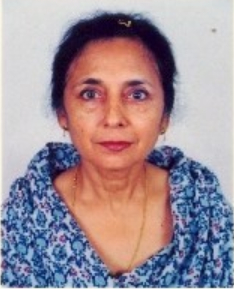
Veena is a scholar in African studies, in which she has a PhD from JNU, Delhi, and Vedanta, in which she is self-taught. She retired as the Head of All-India Radio's Swahili Service, broadcasting every day in Swahili for 22 years. For over 15 years, she has taught the philosophy of leisure at the International Centre of Excellence, Wageningen, Netherlands. She is the author of Kailash Manasarovar: A Saced Journey (Roli Books 2004). In recent years she has given talks on the Upanishads in many countries. At present, she is the Chairperson of Prajna Foundation, an NGO dedicated to educational and cultural activities, and the development of economically non-privileged youth and children
In 1947, I was six, getting on to seven. My parents, elder brother, a younger sister and I were living in Balloki, a small township in western part of undivided Punjab, located on the site of a headworks from where the Bari Doab canal emerged from the Ravi River. My father, the Executive Engineer in charge of the headworks, had been posted there three years earlier.
Apart from my parents and siblings, there were a lot of people around in our household, all of whom seemed to be like members of our extended family. Called by different names or designations like chowkidars, malis, beldars, orderlies, mates and so on, they were in and out of the house at all times of day and night.